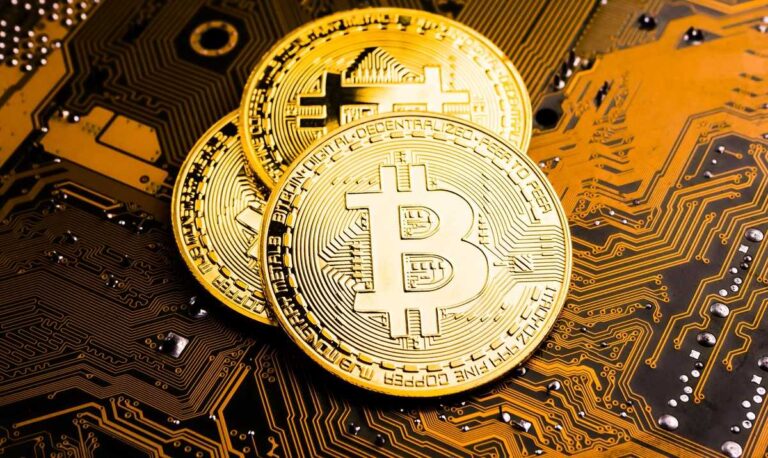Do Personal Loan Interest Rates Change Over Time?
A personal loan is like a financial helping hand when you need extra cash for various purposes, from consolidating debt to funding a big purchase or handling unexpected expenses. Its money borrowed from a bank, credit union, or online lender that you pay back over time with interest. Let us now discuss interest rates, which have an impact on the amount you repay your loan.
Keeping an eye on personal loan interest rates and how they change over time is crucial. Why? Because even a small change in the interest rate can make a big difference in how much you’ll ultimately repay. By tracking these changes, you can seize opportunities to get a better deal or adjust your repayment strategy, saving you both money and stress in the long run.
Continue reading to find out more!
Personal Loan Interest Rate Fluctuations Over Time
Personal loan interest rates have fluctuated over time due to various factors, such as changes in the RBI’s monetary policy, economic conditions, inflation rates, and competition among lenders. Here’s a general overview of how personal loan interest rates have evolved over the years:
- Pre-2000s
Traditional banks and financial institutions often offer personal loans with relatively high-interest rates, considering them risky unsecured loans.
- Early 2000s
With the liberalisation of the Indian economy and increased competition in the banking sector, interest rates on personal loans started to become more competitive. Banks began offering personal loans at lower rates to attract customers.
- Mid-2000s
Interest rates on personal loans continued to decline as banks adopted more sophisticated risk assessment techniques and improved their lending practices. Additionally, the RBI’s monetary policy measures aimed at controlling inflation also influenced interest rate movements.
- Post-Global Financial Crisis (2008)
Following the global financial crisis, the RBI introduced measures to stimulate economic growth. This may include lowering the repo rate (the rate at which it lends to commercial banks), which indirectly impacts personal loan interest rates. Banks passed on these rate cuts to consumers, leading to further decreases in personal loan interest rates.
- The 2010s
Throughout this decade, intense competition among banks and non-banking financial companies (NBFCs) fueled relatively low personal loan interest rates compared to previous years. Many NBFCs entered the market and offered personal loans at competitive rates, forcing traditional banks to adjust their rates to remain competitive.
- Late 2010s to early 2020s
Interest rates started to inch up slightly as the RBI adjusted its monetary policy to address concerns such as inflation and currency stability. However, personal loan interest rates remained relatively affordable for borrowers due to the overall economic strength and competition in the lending market.
- 2020 onwards
The COVID-19 pandemic brought about significant changes in the economic landscape, leading to a series of rate cuts by the RBI to support economic recovery. Personal loan interest rates reached historic lows during this period as banks and NBFCs slashed rates to attract customers amidst the economic downturn.
How do Changes in Personal Loan Interest Rates Affect You?
Changes in personal loan interest rates can have a significant impact on borrowers. Here are some ways in which you may be affected:
- Cost of Borrowing
The most direct effect is on the cost of borrowing. If interest rates increase, you will have to pay more in interest, leading to higher monthly payments and an overall increase in the total amount repaid over the life of the loan.
- Affordability
Higher interest rates can make personal loans less affordable for some borrowers. Monthly payments may increase, making it more challenging for individuals to manage their budgets and meet their financial obligations.
- Debt Burden
For those with existing personal loans, an increase in interest rates can contribute to a higher overall debt burden. This may lead to financial stress, especially for individuals with multiple loans or high levels of debt.
- Loan Eligibility
Rising interest rates could impact loan eligibility. Some borrowers may need help to qualify for personal loans as lenders may tighten their lending criteria in response to higher interest rates.
- Variable Rate Loans
If a borrower has a variable interest rate personal loan, their interest rate and monthly payments may fluctuate with changes in the broader interest rate environment. This can make it difficult to predict and budget for future expenses.
Optimised Personal Loan Interest Rates
While personal loan interest rates can fluctuate over time due to various factors such as economic conditions, market trends, and lender policies, staying informed and regularly reviewing your options can help you secure the best possible rate for your financial needs.
Whether you’re considering a personal loan for home renovations, debt consolidation, or unexpected expenses, it’s essential to partner with a trusted financial institution like Tata Capital. With their competitive rates and personalised solutions, they can guide you towards achieving your financial objectives with confidence and ease.






